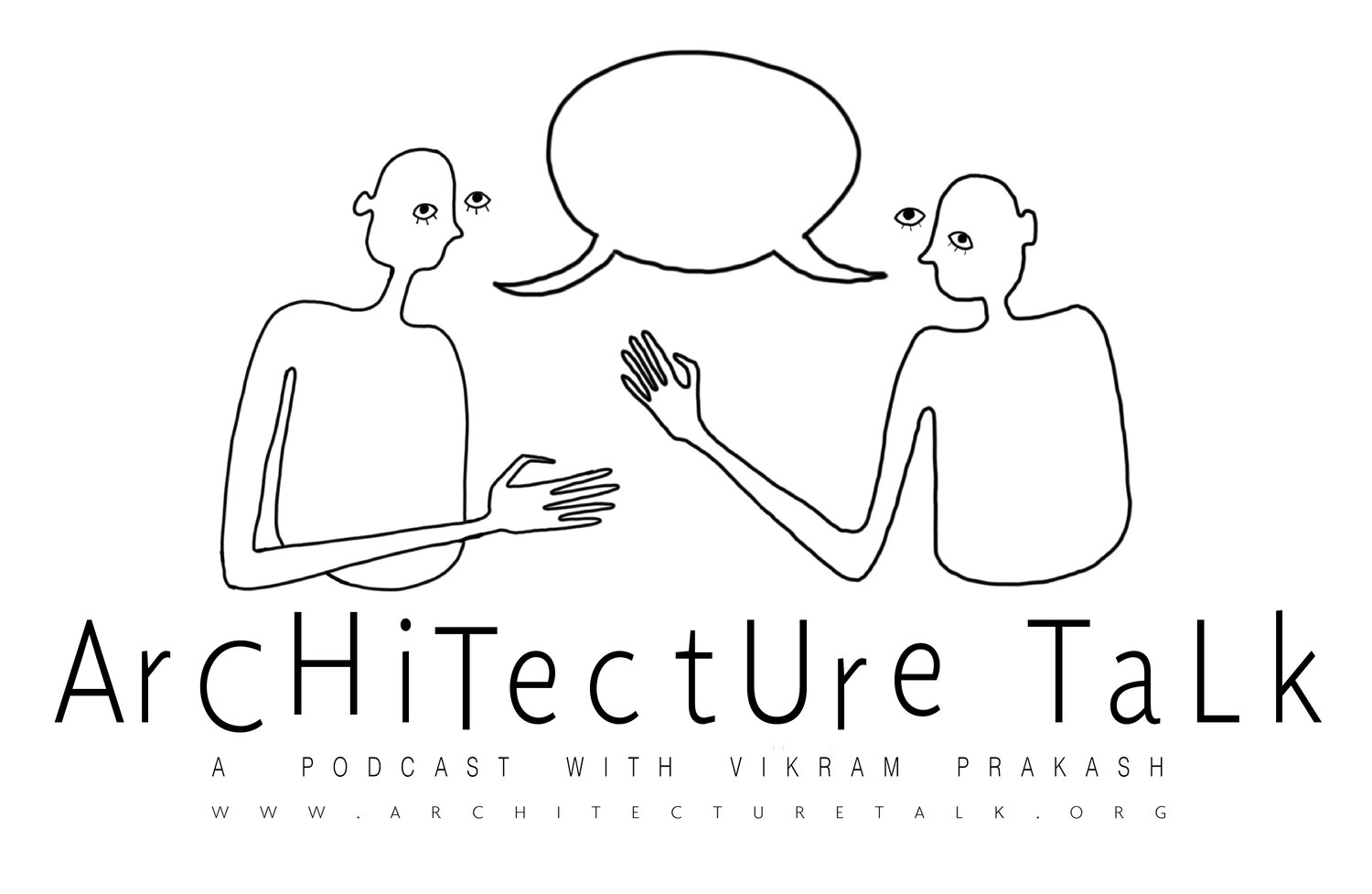15: On the Peripheries of Contact in Medieval Central Asia with Manu P. Sobti (GAHTC)
““The Periphery is not just a spatial or formal category...it is also a temporal category, a place where time stops or starts in particular ways.” ”
Dr. Manu P. Sobti, Senior Lecturer in the School of Architecture and Director of the Higher Degree Research Program at the University of Queensland in Brisbane, Australia, discusses his co-authored Global Architectural History Teaching Collective (GAHTC) module, Peripheries of Contact, which explores the architecture and urbanism created by migrant populations who traversed Central Asia and engaged with 'settled' peoples at the edges of their world. We discuss migration, loss and memory; graphic design, photography and cultural landscapes; the Mongols, Timurs, Uzbeks, Russians, Delhi Sultanates and Islamic identity in the medieval times.
Timestamp Outline
1:02 Peripheries of Contact: Beyond Geographies and Historical Flatland module with Sahar Hosseini and Kateryna Malai at GAHTC
5:04 Multilingual and multicultural: jugaad or bricolage (according to Claude Lévi Strauss, p. 11)
5:45 Cameras, photography, slides, and grants to photograph difficult-to-reach places
6:42 Lecture 8 images: landscape, scale, cultural points and nomads in a photograph of typical steppe Tianshan foothills in Xinjiang, China
9:39 The Erk Kala at Merv
11:05 Vast open Central Asian steppes
12:19 The importance of storytelling, memory, movement and periphery: Kolkata, Delhi, Pakistan, Partition, aunt and writer Krishna Sobti, theater, choreography and palimpsests
15:32 Crossing cultural boundaries in West Berlin, 1989
16:32 The peripheries of Bhopal, migrants from Afghanistan through Landi Kotal, across Khyber Pass, into Northern India, and How Societies Remember by Paul Connerton
18:06 “The Periphery is not just a spatial or formal category...it is also a temporal category, a place where time stops or starts in certain ways.”
18:56 Meaning-making, the periphery, and aunt’s famous book, Zindaginama
22:18 Periphery like a mnemonic, like the motif in Beethoven’s 5th symphony that haunts you...
22:41 A filmic, semi-autobiographical project: the Amu Darya, Oxus River in Central Asia
26:21 How people inhabit new landscapes: displacement, memory, anxiety and belonging
29:24 Heterotopia or dystopia?
33:18 An idea of “place” replaced with “placelessness”
37:42 Central Asian “Islamic World” and nomadic vs sedentarized cultures
40:08 Delhi Sultanate and four variations of “Muslim”
43:01 Conversions to Islam in Central Asian nomadic cultures: Merv, Samarkand, Bukhara, Xinjiang
44:05 Lecture 5: displacement and architecture as choreographed works: Umayyad’s or Humayun’s tomb in Mughal times, or Quwwat-ul-Islam Mosque
45:14 Before aerial photography, “Choreography would be the only way...to describe the manner in which the center and the peripheries are interrelated.”
49:55 Elephants as a gift from the emperor: hunting and architecture as choreography







